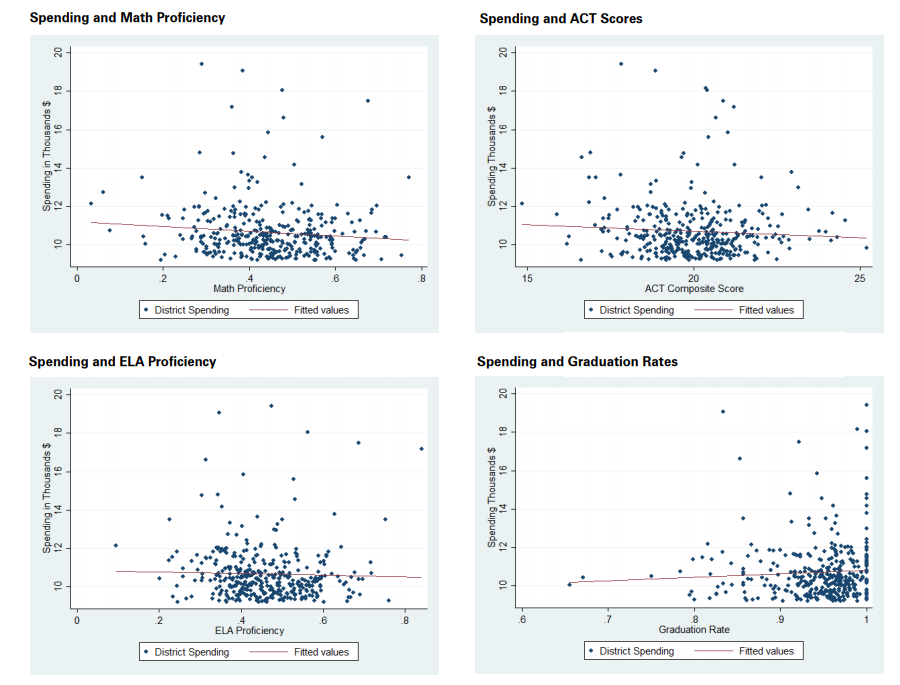Google banned a video explaining Christian teaching on same-sex marriage from advertising on YouTube after backlash from upset employees, according to internal Google communications reviewed by The Daily Caller News Foundation.
The video was flagged in June 2018 in an internal listserv, “Yes at Google,” which is run by Google’s human resources department, according to those communications and other internal documents, which a source shared with TheDCNF on condition of anonymity.
The listserv has more than 30,000 members and is devoted to policing “microaggressions” and “micro-corrections” within the company, according to its official internal description.
The internal backlash to the video grew large enough to merit a response from a Google vice president, who said the video would no longer be eligible to run as an advertisement, the human resources team announced to the listserv.
Christian radio host Michael L. Brown argues in the video that gay people are welcome as Christians but that, like every other person, they are called to follow Christian teachings on sex and marriage.
Brown has spoken out in the past against “homo-hatred” and “ugly rhetoric” directed at gay and lesbian people by fringe groups like the Westboro Baptist Church.
In the video, he describes same-sex relationships as “like other sins, but one that Jesus died for.”
Many taxpayer supported school districts, including Madison, use Google services.
